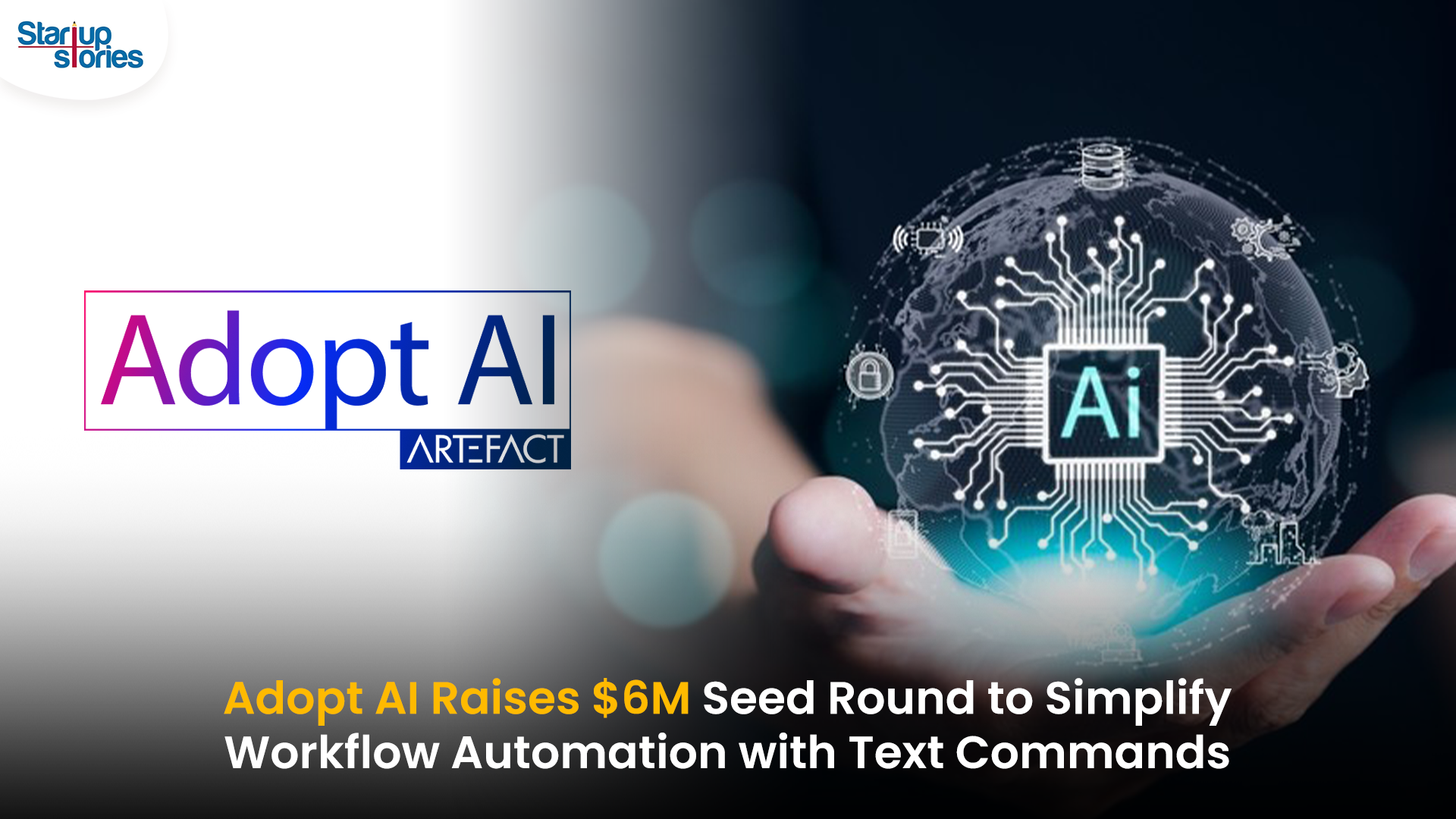Artificial Intelligence
Google Shopping Page Redesigned with Infinite Scroll and Video Features!

Alphabet Inc. has unveiled a redesign of its Google Shopping platform, aimed at enhancing user experience and better connecting consumers with merchant storefronts. This update seeks to differentiate Google Shopping from major e-commerce players like Amazon.com Inc. The revamped shopping experience now features scrollable feeds similar to those found in social media apps, creating a more engaging browsing environment.
New Features of Google Shopping
Personalized Feed and Video Integration
The new homepage will showcase a personalized feed that includes products, customer reviews, and auto-playing video shorts sourced from YouTube. This integration aims to create a dynamic shopping experience where users can see not only product listings but also related video content that enhances their understanding of the products.
Dedicated Deals Page
Additionally, a dedicated Deals page will curate a feed of discounted items for savvy shoppers. This feature allows users to easily find promotions and sales, making it simpler to save money while shopping.
AI-Generated Summaries
When users conduct searches on Google Shopping, they will be presented with artificial intelligence-generated summaries that highlight key factors to consider for specific products. For example, a search for jackets may yield information about materials suitable for wet climates. This feature is designed to assist users in making informed purchasing decisions by providing relevant insights right at their fingertips.
Goals of the Redesign
This redesign represents Google’s strategy to retain users on its platform for longer periods, allowing them to research products without redirecting them to external e-commerce sites. In May, Google introduced AI Overviews that summarize search results, although some critics argue that this could decrease clicks to websites that rely on ad revenue from visitor traffic.
Stock Market Response
Alphabet’s shares saw a slight increase, rising less than 1% to $165.79 as of 11:45 a.m. Tuesday in New York, reflecting an 18% growth in stock value this year through Monday’s close.
Distinction from Competitors
Unlike e-commerce giants like Amazon and Alibaba Group Holding Ltd., Google Shopping does not sell or ship products directly; it simply guides users to where they can purchase items. Maria Renz, Google’s vice president and general manager of commerce, explained:
“We see ourselves playing a different role than Amazon. Google has always been about promoting a healthy ecosystem.”
Comprehensive Research Capabilities
The redesigned Google Shopping platform allows users to conduct comprehensive research on potential purchases without leaving the Google ecosystem. Users can explore suggested products on Google Shopping, watch product reviews on YouTube, and locate physical stores on Google Maps—all within the same interface.
Regulatory Challenges Ahead
However, Google’s integrated suite of products faces potential challenges. Following a significant antitrust ruling that determined Google had illegally monopolized the search market, the U.S. Justice Department is considering actions that could lead to the breakup of the company, potentially impacting key parts of its portfolio, including the Chrome web browser and the Android operating system.
Future Payment Capabilities
Executives have indicated that Google does not plan to compete directly with e-commerce storefronts by handling payment and shipping through Google Shopping. Sean Scott, vice president and general manager of consumer shopping at Google, stated:
“Since we don’t have inventory, we don’t take payment, we don’t ship anything — we’re also not trying to maximize profit on a per product basis.”
He emphasized that their focus is on connecting consumers with merchants and while he wouldn’t rule out future payment capabilities, the priority remains on enhancing the consumer experience.
Conclusion
The redesign of Google Shopping signals a significant shift in how consumers interact with online retail platforms. By incorporating personalized feeds, AI-generated summaries, and video content integration, Google aims to create a more engaging and informative shopping experience.
As these features roll out initially in the United States, they represent Google’s commitment to adapting to changing consumer behaviors while navigating regulatory scrutiny. This strategic move could redefine online shopping by enhancing user engagement and streamlining the path from product discovery to purchase.
Artificial Intelligence
Adopt AI Secures $6 Million to Power No-Code AI Agents for Business Automation

Adopt AI, a San Jose and Bengaluru-based agentic AI startup, has raised $6 million in seed funding led by Elevation Capital, with participation from Foster Ventures, Powerhouse Ventures, Darkmode Ventures, and angel investors. The funding will be used to expand the company’s engineering and product teams and to scale enterprise deployments of its automation platform.
Founded by Deepak Anchala, Rahul Bhattacharya, and Anirudh Badam, Adopt AI offers a platform that lets businesses automate workflows and execute complex actions using natural language commands, without needing to rebuild existing systems. Its core products include a no-code Agent Builder, which allows companies to quickly create and deploy AI-driven conversational interfaces, and Agentic Experience, which replaces traditional user interfaces with text-based commands.
The startup’s technology is aimed at SaaS and B2C companies in sectors like banking and healthcare, helping them rapidly integrate intelligent agent capabilities into their applications. Adopt AI’s team includes engineers from Microsoft and Google, with Chief AI Officer Anirudh Badam bringing over a decade of AI experience from Microsoft.
The company has also launched an Early Access Program to let businesses pilot its automation solution and collaborate on new use cases.
Artificial Intelligence
Social Media Platforms Push for AI Labeling to Counter Deepfake Risks

Social media platforms are intensifying efforts to combat the misuse of deepfake technology by advocating for mandatory AI labeling and clearer definitions of synthetic content. Deepfakes, created using advanced artificial intelligence, pose significant threats by enabling the spread of misinformation, particularly in areas like elections, politics, and personal privacy.
Meta’s New Approach
Meta has announced expanded policies to label AI-generated content across Facebook and Instagram. Starting May 2025, “Made with AI” labels will be applied to synthetic media, with additional warnings for high-risk content that could deceive the public. Meta also requires political advertisers to disclose the use of AI in ads related to elections or social issues, aiming to address concerns ahead of key elections in India, the U.S., and Europe.
Industry-Wide Efforts
Other platforms like TikTok and Google have introduced similar rules, requiring deepfake content to be labeled clearly. TikTok has banned deepfakes involving private figures and minors, while the EU has urged platforms to label AI-generated media under its Digital Services Act guidelines.
Challenges Ahead
Despite these measures, detecting all AI-generated content remains difficult due to technological limitations. Experts warn that labeling alone may not fully prevent misinformation campaigns, especially as generative AI tools become more accessible.
Election Implications
With major elections scheduled in 2025, experts fear deepfakes could exacerbate misinformation campaigns, influencing voter perceptions. Social media platforms are under pressure to refine their policies and technologies to ensure transparency while safeguarding free speech.
Artificial Intelligence
Transforming India’s AI Landscape: OpenAI and Meta’s Collaborative Talks with Reliance Industries

OpenAI and Meta Platforms are reportedly in discussions with India’s Reliance Industries to explore potential partnerships aimed at enhancing their artificial intelligence (AI) offerings in the country. This development underscores India’s growing significance in the global AI landscape.
Key Aspects of the Discussions
- Partnership with Reliance Jio: One of the main focuses is a potential collaboration between Reliance Jio and OpenAI to facilitate the distribution of ChatGPT in India. This could enable wider access to advanced AI tools for businesses and consumers, leveraging Reliance’s extensive telecommunications network.
- Subscription Price Reduction: OpenAI is considering reducing the subscription cost for ChatGPT from $20 to a more affordable price, potentially just a few dollars. While it is unclear if this has been discussed with Reliance, such a move could significantly broaden access to AI services for various user demographics, including enterprises and students.
- Infrastructure Development: Reliance has expressed interest in hosting OpenAI’s models locally, ensuring that customer data remains within India. This aligns with data sovereignty regulations and addresses growing concerns about data privacy. A planned three-gigawatt data center in Jamnagar, Gujarat, is expected to serve as a major hub for these AI operations.
Market Implications
These potential partnerships reflect a broader trend among international tech firms aiming to democratize access to AI technologies in India. If successful, they could reshape India’s AI ecosystem and accelerate adoption across various sectors. As negotiations continue, stakeholders are closely monitoring how these alliances may impact India’s technological landscape and its position as a leader in AI innovation.











open binance account
September 7, 2025 at 2:25 pm
Your point of view caught my eye and was very interesting. Thanks. I have a question for you.
MM88
November 6, 2025 at 3:48 am
Khám phá thế giới giải trí trực tuyến đỉnh cao tại MM88, nơi mang đến những trải nghiệm cá cược thể thao và casino sống động.
GO88
November 7, 2025 at 6:04 pm
Tham gia cộng đồng game thủ tại Go88 để trải nghiệm các trò chơi bài, poker phổ biến nhất hiện nay.
MM88
November 10, 2025 at 1:25 am
Với giao diện mượt mà và ưu đãi hấp dẫn, MM88 là lựa chọn lý tưởng cho các tín đồ giải trí trực tuyến.
站群程序
November 10, 2025 at 7:02 pm
搭载智能站群程序,自动化搭建与管理,为SEO项目提供核心驱动力。站群程序
J88
November 16, 2025 at 5:34 am
Đến với J88, bạn sẽ được trải nghiệm dịch vụ cá cược chuyên nghiệp cùng hàng ngàn sự kiện khuyến mãi độc quyền.